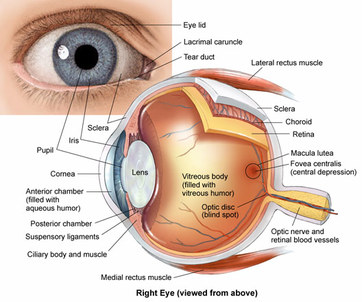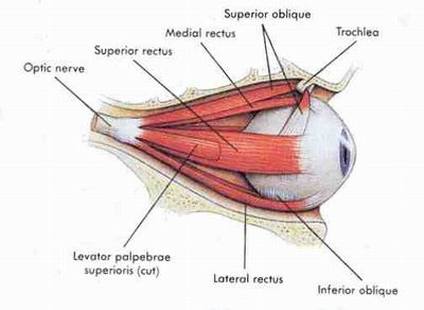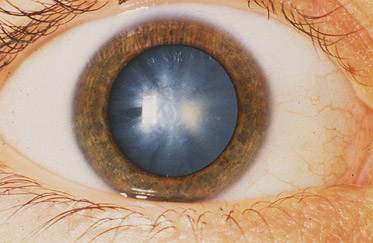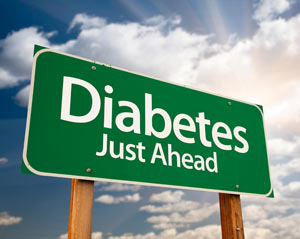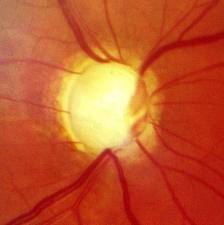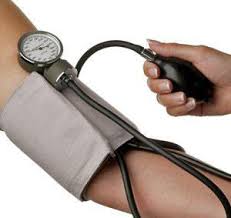UNDER CONSTRUCTION--- COME BACK LATER FOR MORE EYE EDUCATION
refractive error-- why do we need glasses/contacts to see clearly??
|
Perfect focus onto retinal resulting in a clear image is termed Emmetropia, or normal vision. There are 4 types of refractive errors that cause decreased vision and the need for correction: Myopia (nearsightedness), Hyperopia (farsightedness), Astigmatism, and Presbyopia. Read below for more detailed information regarding these disorders.
|
cataracts
|
A cataract is a clouding of the lens in the eye that affects vision. Most cataracts are related to aging. Cataracts are very common in older people. By age 80, more than half of all Americans either have a cataract or have had cataract surgery. A cataract can occur in either or both eyes. It cannot spread from one eye to the other.
|
Blurry vision, increase glare, or major shifts in prescription are symptoms of cataracts" |
diabetic eye disease
|
Diabetic eye disease refers to a group of eye problems that can occur as a result of diabetes. Without diagnosis and treatment, diabetic eye disease can cause severe vision loss or even blindness.
Diabetic retinopathy is the most common diabetic eye disease and is a leading cause of blindness in persons with diabetes. |
Diabetes is the leading cause of new cases of blindness among adults ages 20 to 74 in the U.S. -- National Institute of Health |
glaucoma
|
Glaucoma is a silent illness; most people have no early symptoms or warning signs. Over time glaucoma causes peripheral vision to diminish and eventually can cause blind spots to occur. If untreated, glaucoma can ultimately result in blindness.
Academy of Eye Care wants to remind people that knowing your risks for glaucoma can save your sight. Everyone is at risk for developing disease, however, possessing certain factors can increase your risk for developing glaucoma. |
It is estimated that over 3 million Americans have glaucoma, but only half of them are diagnosed. |
hypertensive retinopathy
|
Hypertensive retinopathy occurs in some people who have high blood pressure (called hypertension). Hypertensive retinopathy is damage to the retina from high blood pressure.
Hypertensive retinopathy is usually diagnosed during a routine eye exam because most patients do not experience any signs or symptoms of the disease. If the patient has hypertensive retinopathy, tiny areas of the retina will appear pale or white because they are not receiving enough blood. Bleeding caused by broken blood vessels may also be visible. In some cases, the macula or optic nerve may also be swollen. |
People over the age of 55 who have high b lood pressure are at highest risk for vascular occlusion |
